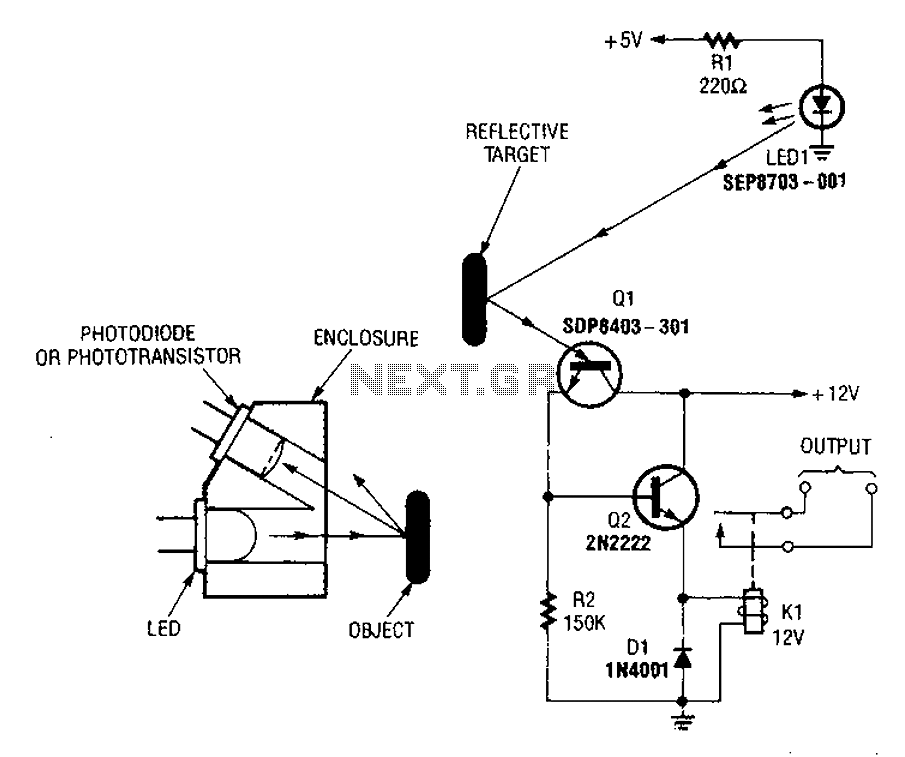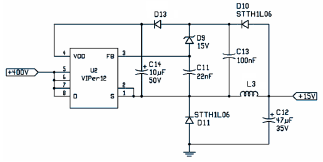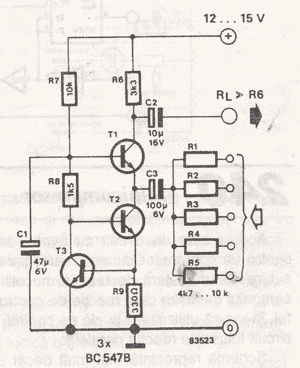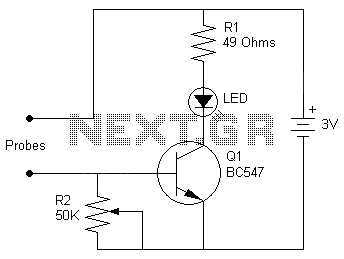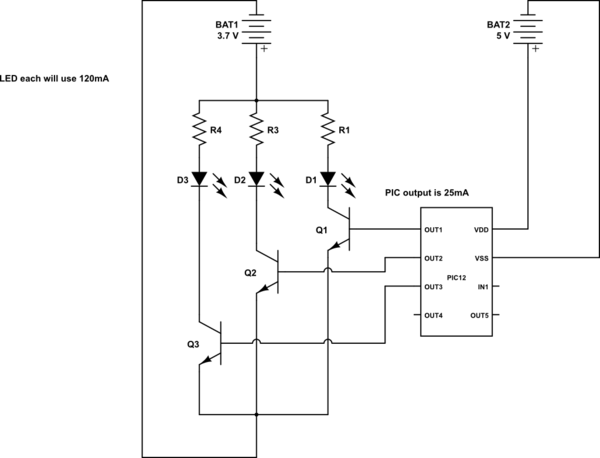
Dim Light Bulbs with 555 IC Circuit
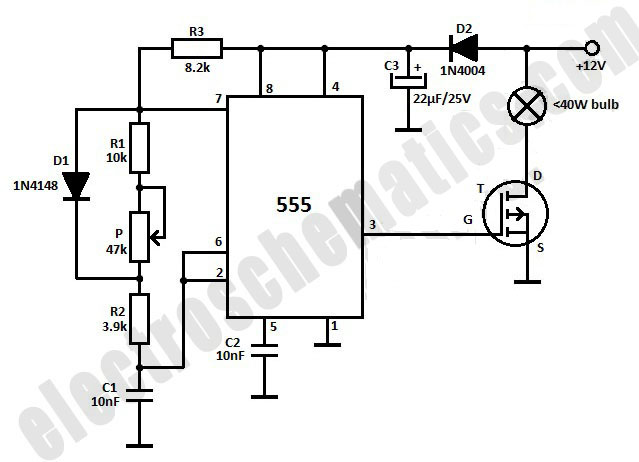
This light dimmer is designed to adjust the brightness of 12V light bulbs utilizing the widely recognized 555 timer, which is configured as an astable multivibrator. The pulses generated by the timer control the power delivered to the light bulbs, allowing for smooth dimming.
The circuit operates by generating a series of pulse-width modulated (PWM) signals through the 555 timer in its astable mode. In this configuration, the timer continuously switches between its high and low states, producing pulses at a frequency determined by external resistors and capacitors connected to the timer. The duty cycle of these pulses can be adjusted by varying the resistance or capacitance, which in turn modifies the average voltage supplied to the light bulb.
The output from the 555 timer is connected to a power transistor, which acts as a switch to control the current flow to the light bulb. When the 555 timer outputs a high signal, the transistor is turned on, allowing current to pass through the light bulb. Conversely, when the output is low, the transistor is turned off, cutting the current. By adjusting the duty cycle of the PWM signal, the effective brightness of the light bulb can be increased or decreased, providing a smooth dimming effect.
To ensure stability and prevent flickering, it is important to choose appropriate values for the timing components. Additionally, the circuit may include a smoothing capacitor at the output to further reduce any ripple in the power supply to the light bulb, enhancing the dimming performance. The design can be implemented on a printed circuit board (PCB) for better reliability and compactness. Proper heat sinking may also be necessary for the power transistor to prevent overheating during prolonged operation.This light dimmer is used to dim the intensity of 12V light bulbs using the well-known 555 timer that is configured as an astable multivibrator. The pulses.. 🔗 External reference
The circuit operates by generating a series of pulse-width modulated (PWM) signals through the 555 timer in its astable mode. In this configuration, the timer continuously switches between its high and low states, producing pulses at a frequency determined by external resistors and capacitors connected to the timer. The duty cycle of these pulses can be adjusted by varying the resistance or capacitance, which in turn modifies the average voltage supplied to the light bulb.
The output from the 555 timer is connected to a power transistor, which acts as a switch to control the current flow to the light bulb. When the 555 timer outputs a high signal, the transistor is turned on, allowing current to pass through the light bulb. Conversely, when the output is low, the transistor is turned off, cutting the current. By adjusting the duty cycle of the PWM signal, the effective brightness of the light bulb can be increased or decreased, providing a smooth dimming effect.
To ensure stability and prevent flickering, it is important to choose appropriate values for the timing components. Additionally, the circuit may include a smoothing capacitor at the output to further reduce any ripple in the power supply to the light bulb, enhancing the dimming performance. The design can be implemented on a printed circuit board (PCB) for better reliability and compactness. Proper heat sinking may also be necessary for the power transistor to prevent overheating during prolonged operation.This light dimmer is used to dim the intensity of 12V light bulbs using the well-known 555 timer that is configured as an astable multivibrator. The pulses.. 🔗 External reference
